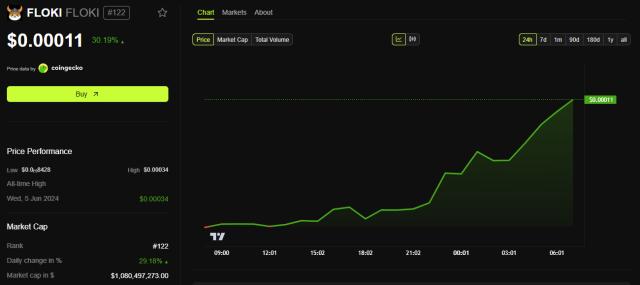Chainfeeds introduction:
Paradigm releases a new research series focusing on how to increase Gas Limit, aiming to provide scientific evidence for using ultra-high-resolution data to expand Ethereum. This article is the first part of the series, focusing on state growth. This article quantifies the total amount of status held by each Ethereum contract, classifies the contracts hierarchically, and analyzes the growth of Ethereum status.
Article Source:
https://www.paradigm.xyz/2024/03/how-to-raise-the-gas-limit-1
Article author:
Storm Slivkoff, Georgios Konstantopoulos
View:
Paradigm: By visualizing this hierarchy, we can see how much of Ethereum’s state is used by different categories such as tokens, infrastructure, games, and defi. In addition, it can be seen that a large part of the state is dormant and occupied by dead protocols, and a large part of the state is occupied by user token balances. We can also see how the state growth rate changes over time. Surprisingly, the current state growth is the lowest since 2021, which is mainly due to the decline in NFT activity. Based on these state growth rates, we can deduce how much "state growth runway" is left for Ethereum nodes using modern consumer hardware. It turns out that current hardware can sustain this state growth rate for at least a decade. Judging from this result, coupled with the upcoming improvements to the Ethereum architecture, we do not expect state growth to become a significant bottleneck for Ethereum scaling in the short, medium, or even long term. However, state growth is not the only bottleneck limiting Ethereum’s scaling, and each bottleneck must be analyzed against its specific hardware limitations. [Original text in English]
Content source








